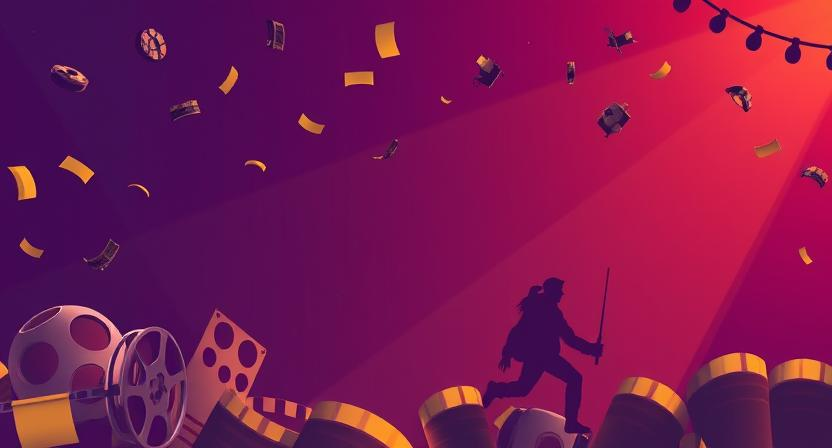The world of 3D movies has evolved over the years, offering audiences an immersive viewing experience. However, like anything, 3D films come with both advantages and drawbacks. Let’s dive into the pros and cons of 3D movies:
Pros of 3D Movies
- Immersive Experience
- One of the biggest selling points of 3D movies is the immersive experience they offer. The added depth and dimension can make viewers feel as if they are a part of the story, bringing a sense of realism to the visuals.
- Enhanced Visual Effects
- 3D technology allows for more dynamic and engaging visual effects, especially in action-packed or fantasy films. Scenes involving explosions, fast movement, or fantastical worlds can be much more striking in 3D.
- Better for Specific Genres
- Certain genres, particularly sci-fi, fantasy, and animated films, benefit from the extra depth that 3D provides. Films like “Avatar” or “Gravity” are often cited as examples where 3D enhances the storytelling experience.
- Increased Box Office Appeal
- For movie studios, 3D films tend to draw larger audiences, offering a premium ticket price. The added visual spectacle often attracts viewers who are looking for a special experience, driving higher box office revenue.
- New Forms of Storytelling
- 3D movies open up new possibilities for creative filmmakers, giving them more tools to tell their stories in innovative ways. Directors can play with the depth, perspective, and movement within a scene in ways that weren’t possible in traditional 2D films.
Cons of 3D Movies
- Higher Ticket Prices
- One of the main downsides of 3D movies is the increased ticket prices. To watch a movie in 3D, you often need to pay a premium over regular 2D ticket prices, which can add up quickly, especially for families or frequent moviegoers.
- Discomfort or Eye Strain
- Not everyone is comfortable with 3D. Some viewers experience eye strain, headaches, or dizziness while watching 3D films. The glasses can also be uncomfortable, especially for extended viewing sessions, which makes it a less enjoyable experience for some.
- Limited Content
- Although the popularity of 3D has grown, not all films are available in 3D. Plus, many movies are converted to 3D after filming, which doesn’t always result in a satisfying experience. Some movies simply don’t benefit from the 3D treatment and feel unnecessary or gimmicky.
- Reduced Picture Quality
- 3D films often have a reduced picture quality compared to 2D films. The brightness of the image can be dimmed, and some viewers might notice a decrease in clarity or sharpness while watching in 3D. This can detract from the overall viewing experience.
- Not for Everyone
- Some people may not enjoy the 3D experience at all. For viewers who are content with traditional 2D movies, the added dimension may not be worth the extra effort, especially if it doesn’t add significantly to the story or visuals.
- Technical Issues
- In some cases, the 3D technology might not work as intended. Poor quality projection, glasses issues, or other technical glitches can interrupt the experience, leaving viewers disappointed or frustrated.
Conclusion: Is 3D Worth It?
Ultimately, whether 3D movies are worth it depends on the individual viewer and the type of film. For those who enjoy a more immersive, visually enhanced experience, 3D can be a great option. However, for others, the higher cost, potential discomfort, and limited selection might make 2D films the better choice. It’s important to weigh the pros and cons and consider the type of movie you’re watching to decide if 3D adds value to the experience.


